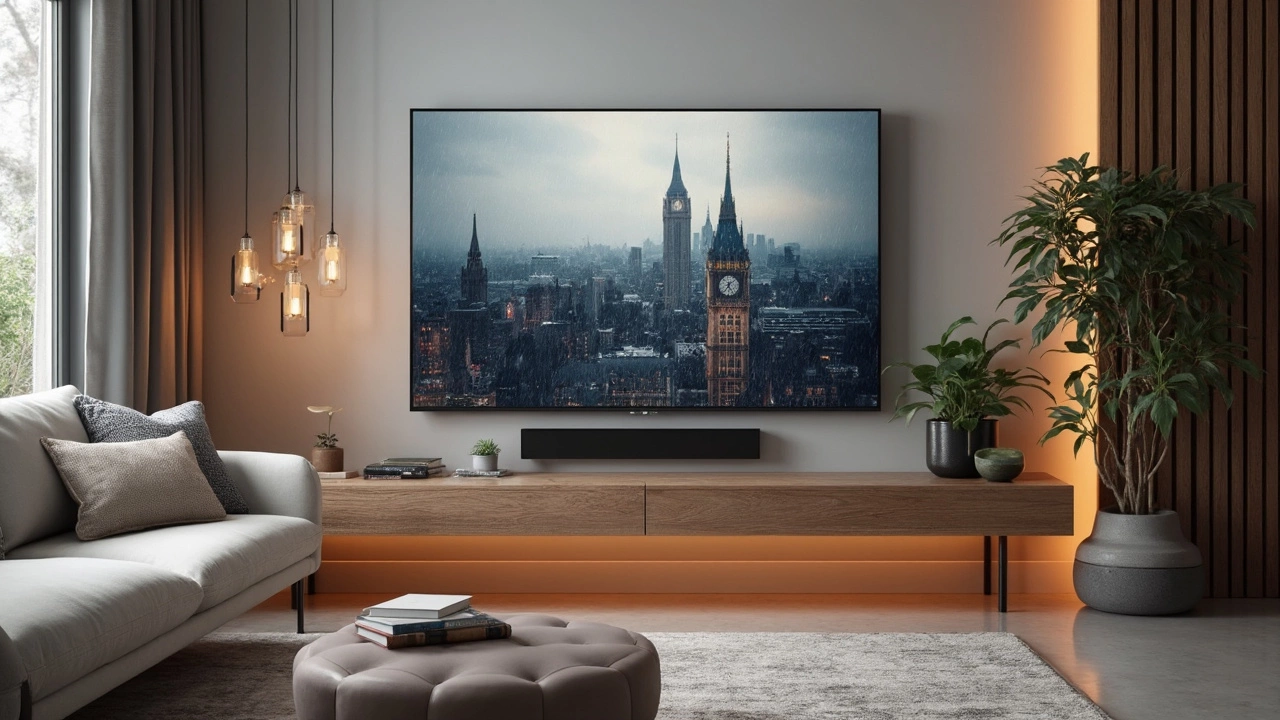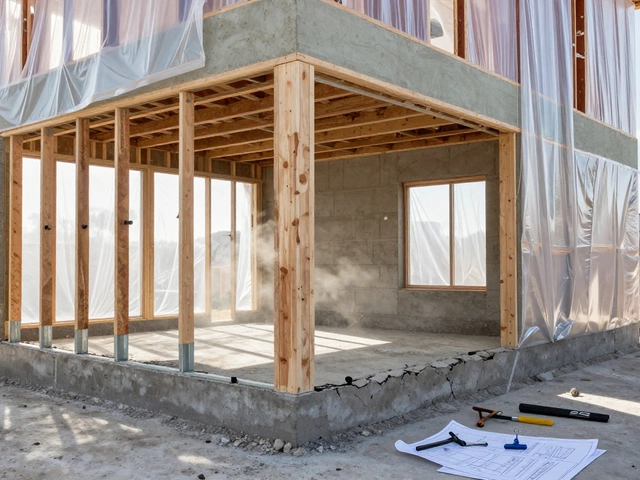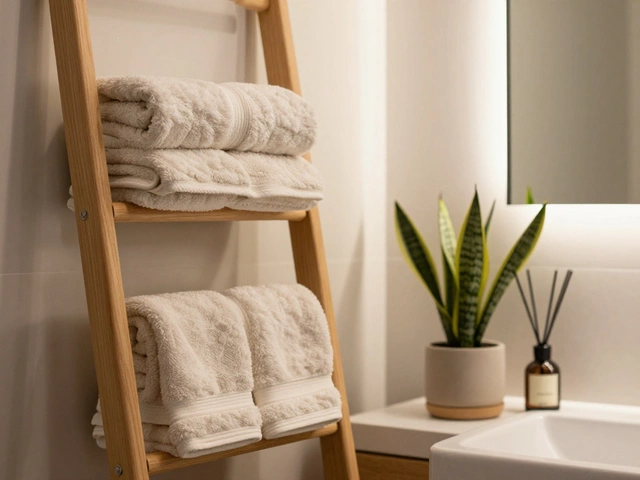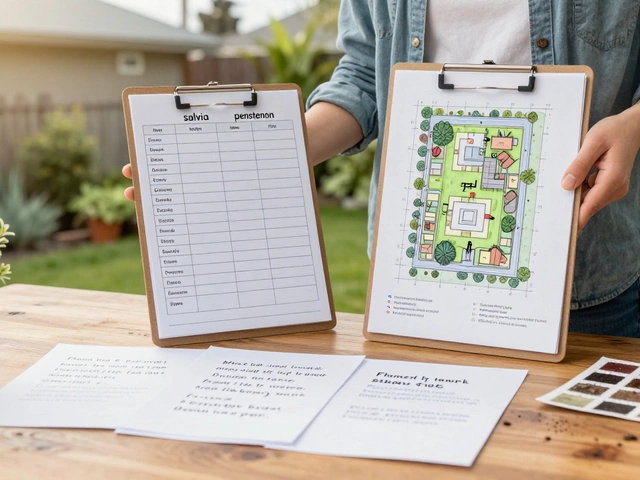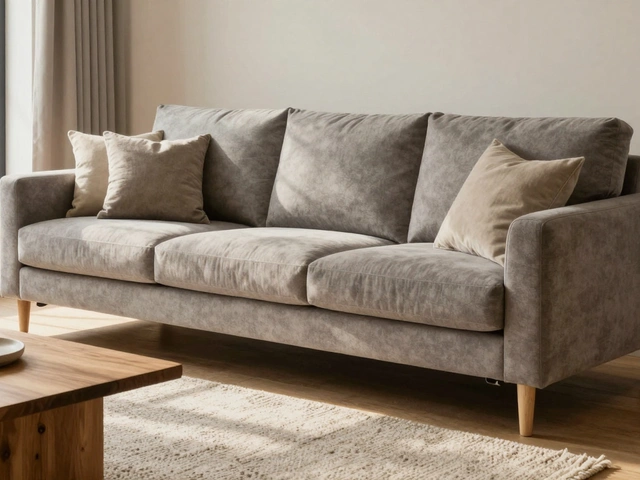TV Stand Guide: How to Choose, Style & Maintain Your Entertainment Hub
When working with TV stand guide, a step‑by‑step resource for picking, styling, and maintaining TV stands. Also known as entertainment console guide, it helps you avoid costly mistakes and keep your setup looking sharp.
Your living room furniture, the collection of pieces that define a room’s function and look sets the stage for any TV stand. A good TV stand guide shows how the choice of a console influences the overall home entertainment setup, the arrangement of screen, speakers, and accessories. The relationship is clear: the TV stand must match the size of the screen, complement the seating, and provide space for cables. This semantic triple—TV stand guide ↔ home entertainment setup ↔ living room furniture—keeps the room balanced and functional.
Material choices matter just as much as size. When you compare solid wood, engineered MDF, and metal frames, each brings its own durability, weight, and aesthetic. Material choices, options like oak, walnut, glass, or steel that affect look and longevity affect how the stand handles weight and moisture. At the same time, storage solutions, features such as drawers, shelves, or hidden compartments determine whether you can hide gaming consoles, media boxes, or cables. The guide links these entities: the right material enables sturdy storage, and clever storage keeps the entertainment area tidy.
Size is the first practical hurdle. Measure your TV’s width, height, and depth, then add a clearance of at least two inches on each side for airflow. Check the stand’s weight rating—most modern flatscreen TVs weigh under 50 lb, but a larger OLED can push 80 lb. If the stand’s capacity is lower, you risk sagging or damage. Matching dimensions ensures safety and visual balance; a stand that’s too small looks like a footstool, while one that’s oversized dominates the room.
Cable management is another hidden factor. Look for built‑in grommets, back panels with cut‑outs, or detachable trays that keep HDMI, power, and speaker wires out of sight. Good cable routing not only improves the look but also reduces wear on connectors. Many guides recommend labeling each cord before routing so you can troubleshoot later without pulling the whole bundle apart.
Style trends shift, but a few timeless rules hold. Mid‑century wood with tapered legs adds warmth, while sleek black metal offers a modern vibe. If you want flexibility, choose a modular system that lets you add shelves later. Pair the stand’s finish with your existing coffee table or sideboard to create a cohesive palette. Accent lighting—LED strips under the top surface—adds a subtle glow that highlights the TV without glare.
Maintenance is often overlooked. Dust weekly with a soft cloth; avoid abrasive cleaners on wood finishes. For glass tops, a mixture of water and mild dish soap works fine—dry immediately to prevent streaks. If the surface is laminate, use a specialized cleaner to avoid swelling. Periodically tighten bolts and check for wobbling; a loose stand can become a safety hazard.
Budget doesn’t have to mean compromise. Set a price range, then prioritize the features you need most—weight capacity, storage, or aesthetic. Online reviews can reveal hidden weaknesses like low‑quality veneer that chips quickly. Remember, a well‑chosen stand can last a decade, so spending a bit more for solid construction often saves money in the long run.
In this collection you’ll find everything from material comparisons and DIY upgrades to space‑saving tricks for small apartments. Whether you’re refurnishing a family room or setting up a compact office nook, the articles below dive deep into each aspect, giving you actionable steps to create a TV stand that looks great, works well, and stays sturdy for years.
Explore the guides ahead to sharpen your decisions, avoid common pitfalls, and enjoy a living space where the TV stand truly supports your entertainment lifestyle.
How Big Does a TV Stand Need to Be for a 65-Inch TV?
Choosing the right TV stand for a 65-inch TV involves more than just looks. It's about measurements, room layout, and a bit of safety know-how. Find out how your TV stand’s width, height, and depth play a crucial role. Discover tips for optimizing space while ensuring your living room remains a stylish and safe haven.
full article